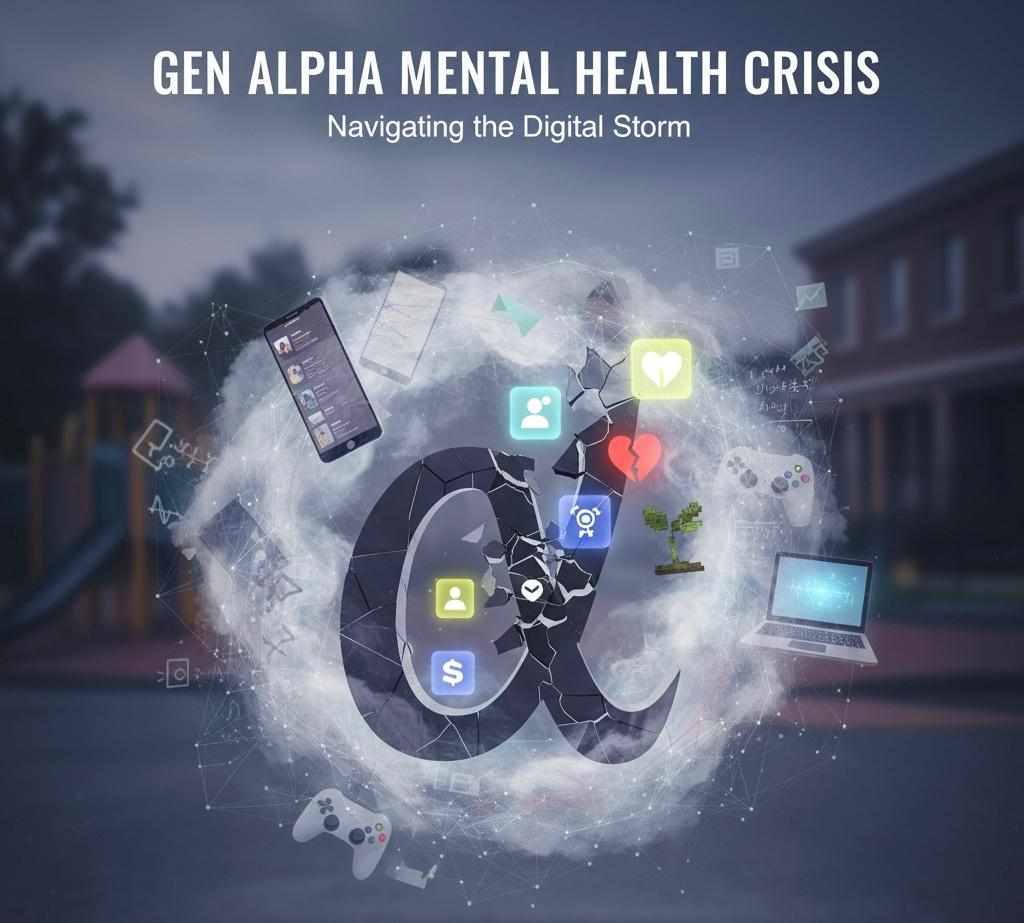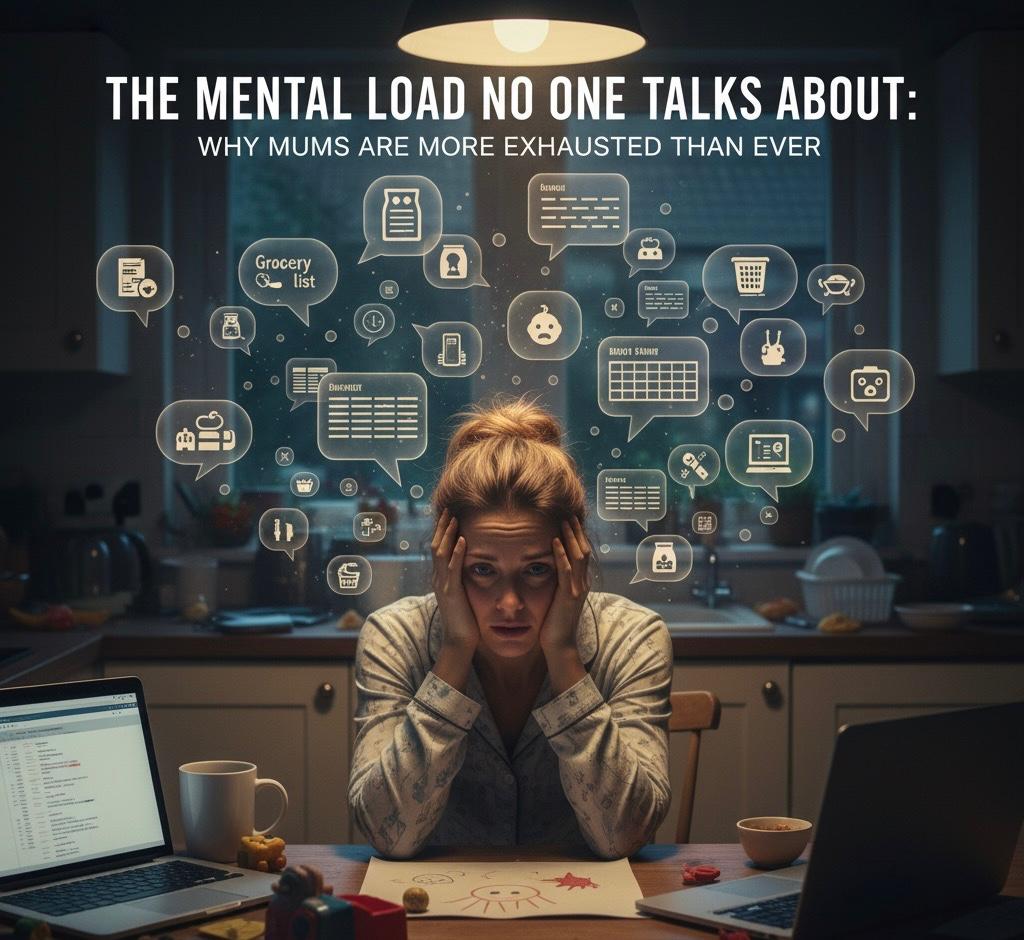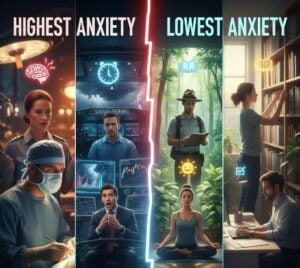As Australia grapples with an increasing demand for mental health services, the integration of technology into healthcare is no longer a luxury but a necessity. The advent of telehealth—delivering healthcare services via telecommunications technology—has revolutionised how mental health services are accessed and delivered. This paradigm shift has left many wondering: Is telehealth the future of mental health care, or does traditional in-person therapy still hold its ground? In this article, we explore the advantages and disadvantages of both approaches, providing a comprehensive overview of what each offers in the evolving landscape of mental health care in Australia.
Advantages of Telehealth
Accessibility
One of the most significant benefits of telehealth is its ability to make mental health services accessible to a broader range of people. For those living in rural or remote areas, where the availability of qualified mental health professionals is often limited, telehealth can be a lifeline (Hilty et al., 2013).
Convenience
Telehealth eliminates the need for travel, waiting rooms, and the constraints of scheduling around business hours. This flexibility can make it easier for people to fit mental health care into their busy lives.
Anonymity
For many individuals, particularly those dealing with stigmatised conditions, the anonymity provided by telehealth can be liberating. This sense of privacy can make it easier for people to seek help in the first place (Turvey et al., 2013).
Disadvantages of Telehealth
Technology Barriers
Not everyone has access to a stable internet connection or the technical savvy required to navigate telehealth platforms. This digital divide can make it challenging for certain populations to access telehealth services.
Limited Physical Interaction
While technology can facilitate communication, it can’t fully replicate the experience of being physically present in the same room. Some therapeutic techniques, such as those that rely on non-verbal cues or involve tactile engagement, may be less effective when conducted remotely (Rees & Stone, 2015).
Regulatory Hurdles
Telehealth services must navigate a complex landscape of regulations, including issues of licensure across state lines and the security of patient data, adding layers of complexity to their operation.
Advantages of In-Person Therapy
Holistic Assessment
Face-to-face interactions allow for a more holistic assessment of a patient’s condition. Therapists can pick up on non-verbal cues, such as body language or tone of voice, providing additional layers of understanding that can be crucial for diagnosis and treatment.
Immediate Response
In-person therapy allows for real-time feedback and the ability to adapt the treatment approach instantaneously. This immediacy can be particularly important for crisis situations or complex cases requiring a nuanced approach (Osenbach et al., 2014).
Human Connection
While telehealth services strive to replicate the ‘human touch’ as closely as possible, many argue that there’s an intangible quality to in-person interactions that can’t be fully captured through a screen.
Disadvantages of In-Person Therapy
Cost
The overhead costs associated with maintaining a physical space for therapy contribute to higher prices for in-person services (Maheu et al., 2012). This can make it more challenging for people on a budget to access care.
Availability
Geographical limitations can impede access to qualified mental health professionals, particularly for those living in remote areas.
Stigma
Despite growing awareness and understanding, there remains a societal stigma associated with seeking mental health treatment. For some, the act of walking into a mental health clinic can be a significant barrier to seeking help.
Critical Analysis
Both telehealth and in-person therapy have unique advantages and disadvantages, and the ‘best’ approach may vary from person to person based on individual needs, availability, and comfort with technology. While telehealth offers unprecedented accessibility and convenience, it is not without its challenges, such as technological and regulatory hurdles. On the other hand, in-person therapy provides a level of nuance and immediacy that is difficult to replicate in a virtual environment, but it also comes with its own set of limitations, such as higher costs and limited availability.
As a provider of both telehealth and in-person services, Therapy Near Me is uniquely positioned to integrate the strengths of both approaches. By offering a range of options, we can cater to diverse needs and preferences, thereby delivering more personalised, effective care.
Conclusion
As technology continues to advance and the demand for mental health services grows, it’s likely that both telehealth and in-person therapy will continue to evolve, each filling specific niches within the broader mental health landscape. By understanding the advantages and disadvantages of each, healthcare providers and patients alike can make more informed choices, ultimately leading to better outcomes for all involved.
References
- Hilty, D. M., Ferrer, D. C., Parish, M. B., Johnston, B., Callahan, E. J., & Yellowlees, P. M. (2013). The effectiveness of telemental health: A 2013 review. Telemedicine and e-Health, 19(6), 444-454.
- Turvey, C., Coleman, M., Dennison, O., Drude, K., Goldenson, M., Hirsch, P., … & Bernard, J. (2013). ATA practice guidelines for video-based online mental health services. Telemedicine and e-Health, 19(9), 722-730.
- Rees, C. S., & Stone, S. (2015). Therapeutic alliance in face-to-face versus videoconferenced psychotherapy. Professional Psychology: Research and Practice, 46(6), 434.
- Osenbach, J. E., O’Brien, K. M., Mishkind, M., & Smolenski, D. J. (2014). Synchronous telehealth technologies in psychotherapy for depression: A meta-analysis. Depression and Anxiety, 31(11), 936-945.
- Maheu, M. M., Pulier, M. L., McMenamin, J. P., & Posen, L. (2012). Future of telepsychology, telehealth, and various technologies in psychological research and practice. Professional Psychology: Research and Practice, 43(6), 613.
How to get in touch
If you or your patient/NDIS clients need immediate mental healthcare assistance, feel free to get in contact with us on 1800 NEAR ME – admin@therapynearme.com.au







